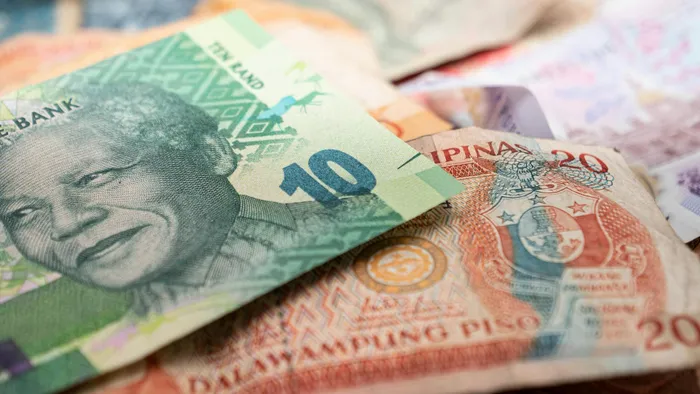
The rand has strengthened since mid-2025, bolstered by strong foreign inflows into emerging markets.
Image: Pexels
Just six months ago, the South African rand was tumbling towards a precarious threshold — nearly breaching R20 to the US dollar amid a tariff-induced sell-off. Fast forward to early October, and by then the rand was trading at an impressive R17, marking its strongest position in over two years. The currency, often referred to as a global shock absorber, has demonstrated a resilience that many analysts are keen to unpack.
Rashaad Tayob, a seasoned Portfolio Manager, says the rand's recovery has not just been a local phenomenon. "It is entwined with a larger global trend where the dollar itself has been retreating," he explains. Indeed, the dollar saw a 7% decline in the second quarter, a shift prompted by investor expectations of rate cuts from the US Federal Reserve.
However, the plot thickens. Since mid-2025, while the dollar has steadied, the rand has continued its ascent, bolstered by strong foreign inflows into emerging markets. Additionally, surging prices in gold and platinum have provided significant momentum for the rand's strength. “Unlike previous scenarios where high real yields acted as a burden, this time around, South Africa's trade surplus and positive risk sentiment have created a favourable environment for the currency,” Tayob adds.
Amidst these developments is a broader unease about the stability of fiat currencies globally. The price of gold, a traditional hedge against economic uncertainty, has soared to unprecedented levels, reaching $4,000 an ounce. This surge reflects a growing scepticism about conventional currencies as the BRICS bloc, led by China, intensifies its diversification into gold reserves, raising discussions about potential alternatives to the dollar-based financial system.
Furthermore, rising government debt in developed nations exacerbates this scepticism. Faced with little fiscal restraint and central banks loosening monetary policy, market participants are left questioning the longevity of fiat values. The recent uptick in long-term US bond yields, despite policy rate cuts, serves as a subtle yet telling indicator of investor apprehensions surrounding inflation and the sustainability of debt.
As Tayob opines, the dynamics witnessed during the April sell-off offer critical lessons. Traditionally, a strengthening dollar mirrored risk aversion in global markets. However, this situation marked a departure; both risk assets and the dollar faltered simultaneously, showcasing investors’ evolving search for safety beyond the dollar.
In the immediate term, caution is wise in light of the rand's rapid rally and the prevalent bearish sentiment regarding the dollar. A tactical holding in US currency may still provide utility, but Tayob argues that a long-term strategy will necessitate diversification across currencies and investing in tangible stores of value like gold — essential strategies for wealth preservation in an era of uncertain currency valuations.
Related Topics: